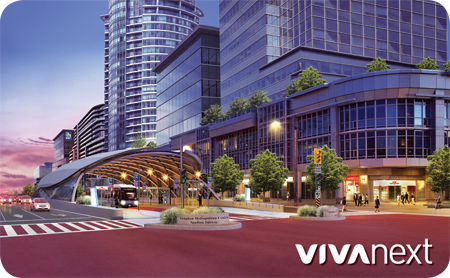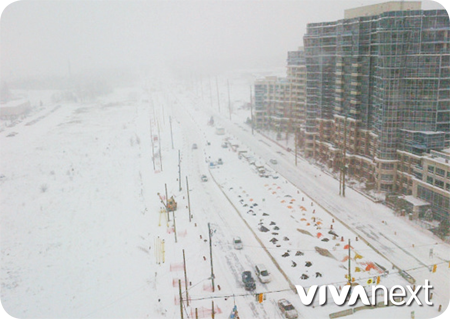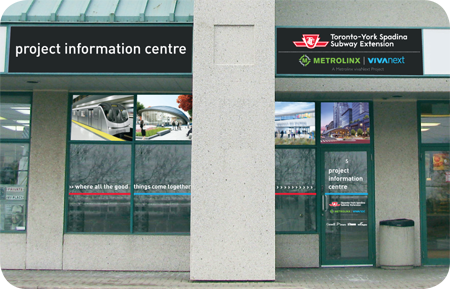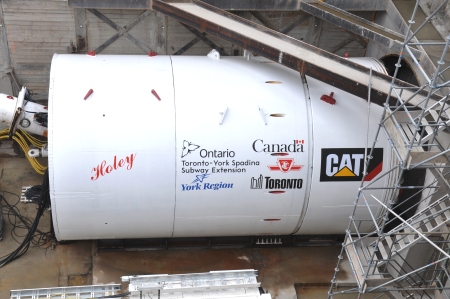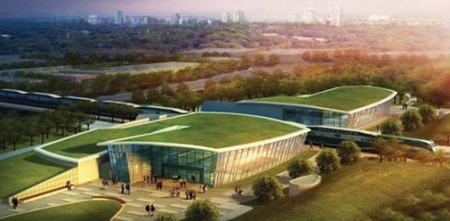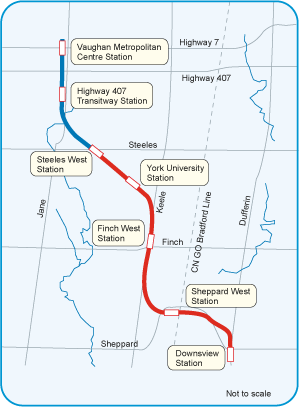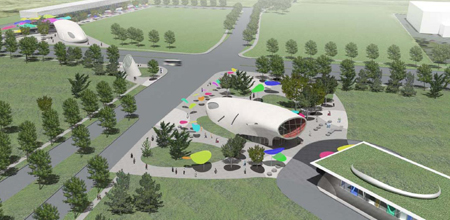In September the Province set up an expert panel to look at how Metrolinx should be expanding transit in the GTHA, and to propose realistic options to pay for it. The panel has just released their second discussion paper, and it’s well worth a read for anyone interested in getting beyond the rhetoric and really understanding the facts and issues.
Certainly the issue of what transit technology should be funded, and where it should run, is a subject that’s dominated the headlines for months and is of interest to everyone. It’s understandable that so many have views on this subject, and it’s also reasonable to expect that the people doing the planning should listen to those views.
But in the final analysis, choosing a mode of transit – the main rapid transit options are subway, LRT, BRT and commuter train – shouldn’t be treated like a popularity contest. There’s just too much money involved. Each mode of transit has its uses, benefits and drawbacks. Those qualities are well known to transit planners, and need to be thoroughly and objectively analyzed in the context of local circumstances including passenger volumes, current and anticipated densities, employment projections, and present and future land use patterns.
Planners ideally will look at a range of transit modes to meet the needs of users across a region or area, with the primary consideration being a seamless system that enables passengers to make easy, fast connections. That doesn’t necessarily mean the trip will be non-stop, or use the same technology the entire way.
This is a concept we all already live with, so we shouldn’t expect transit to be any different. Pretend you are taking a trip to a small island in the Caribbean. You’d probably drive to the airport, then you’d get on a big jet, then most likely transfer to a smaller plane for the last leg, or maybe even a boat if you were going somewhere out of the way. You’d never expect the big jet to swing by your house to pick you up at your door, then whisk you non-stop to the tiny island. Getting around the GTHA, depending on where you’re travelling from and to, follows the same logic. Some riders may need to take surface transit, then transfer to one form of rapid transit – and then possibly to another mode to complete their trip. The key point is to create a system that gets you there as fast as possible.
In a world where there’s only so much new money available for transit, careful decisions are needed to ensure final choices get the greatest number of people into transit, reducing gridlock on the road system. The most costly option – subways – should be reserved for where it will do the most good, i.e. get the greatest number of cars off the roads. Given that the need for new transit massively outstrips the money available, every single transit dollar needs to be spent wisely.
Professional analysis of facts has always been the basis for our vivaNext decisions. That’s why we’re installing BRT – the lowest cost form of rapid transit – along Highway 7, with the option to change to LRT when future volumes justify it. On the other hand, the ridership and future employment projections do justify the cost of extending the subways north to the VMC, and along Yonge Street from Finch to Highway 7, so our plan includes subways too.
We’re proud of the system we’ve planned and are building for York Region, and are looking forward to the day when it will be connected to a system that covers the entire GTHA. Now that’s something we think everyone will support.


